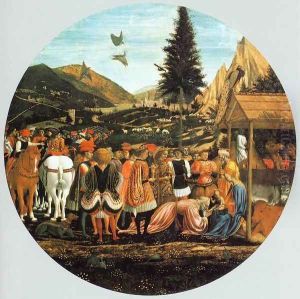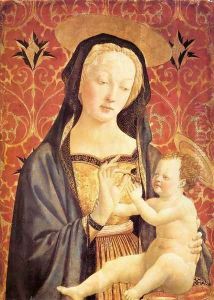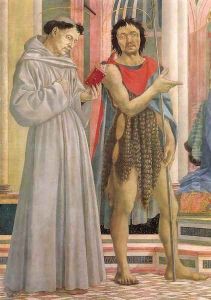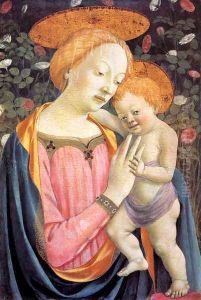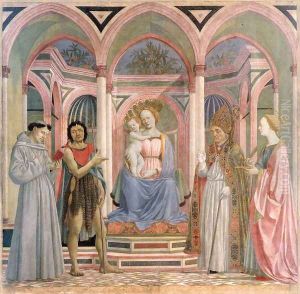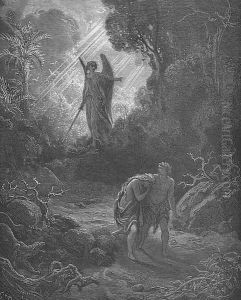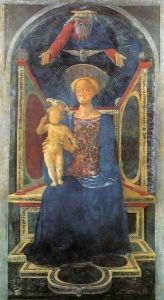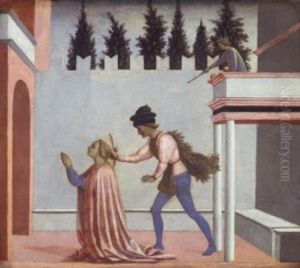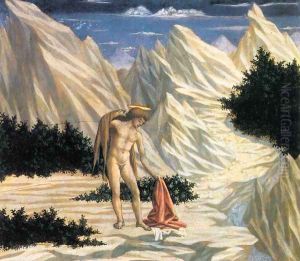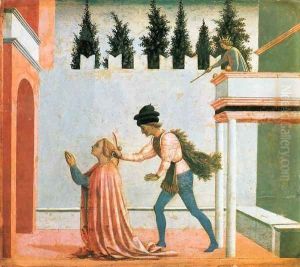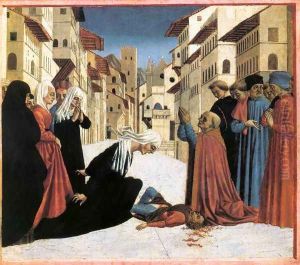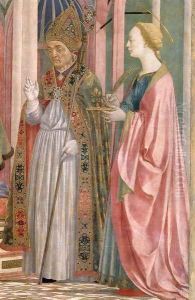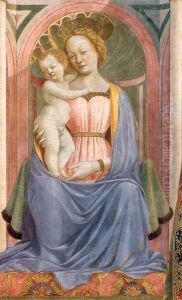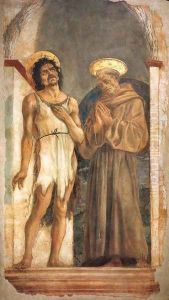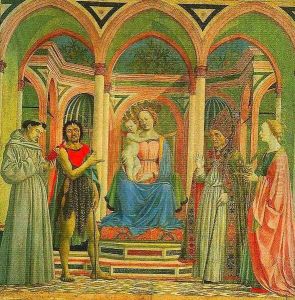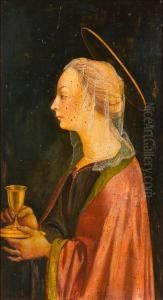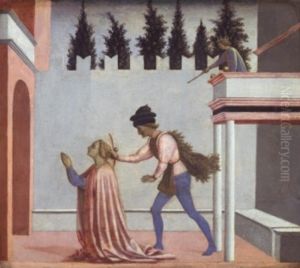Domenico Veneziano Paintings
Domenico Veneziano was an Italian painter of the early Renaissance, celebrated for his innovative use of color and light which exerted a considerable influence on the development of Florentine painting. Despite the suggestion of his name 'Veneziano', which means 'the Venetian', most scholars believe he was born around 1410 in Tuscany, possibly in the town of Cortona.
Veneziano's early life and training are not well documented, but it is speculated that he may have been a pupil of Gentile da Fabriano, who was a leading artist in Florence in the early 15th century. Veneziano's work is known for its delicate color palette and for the serene and harmonious quality of his compositions. He was one of the first to experiment with the technique of oil painting, which was later fully developed by Northern European artists.
Among his most famous works is the 'St. Lucy Altarpiece', originally painted for the Church of Santa Lucia dei Magnoli in Florence. This piece is particularly noted for its clarity of light and the gentle, sculptural modeling of figures, which shows the influence of his contemporaries such as Masaccio and Fra Angelico. Unfortunately, Veneziano's output was relatively small, and only a handful of his paintings survive today.
His work reflects the transition from the International Gothic style to the more naturalistic approach of the Renaissance. Domenico was also an influential figure among his peers. He interacted with other great artists of the time, such as Piero della Francesca, who is believed to have worked with Veneziano on frescoes in Perugia.
Domenico Veneziano's career was cut short by his untimely death in 1461. The exact circumstances of his death remain unclear, but it was a significant loss to the Florentine art scene. Despite his early demise, Veneziano's legacy lived on through the works of his contemporaries and the generations of artists that followed, who were inspired by his approach to color and illumination in painting.
